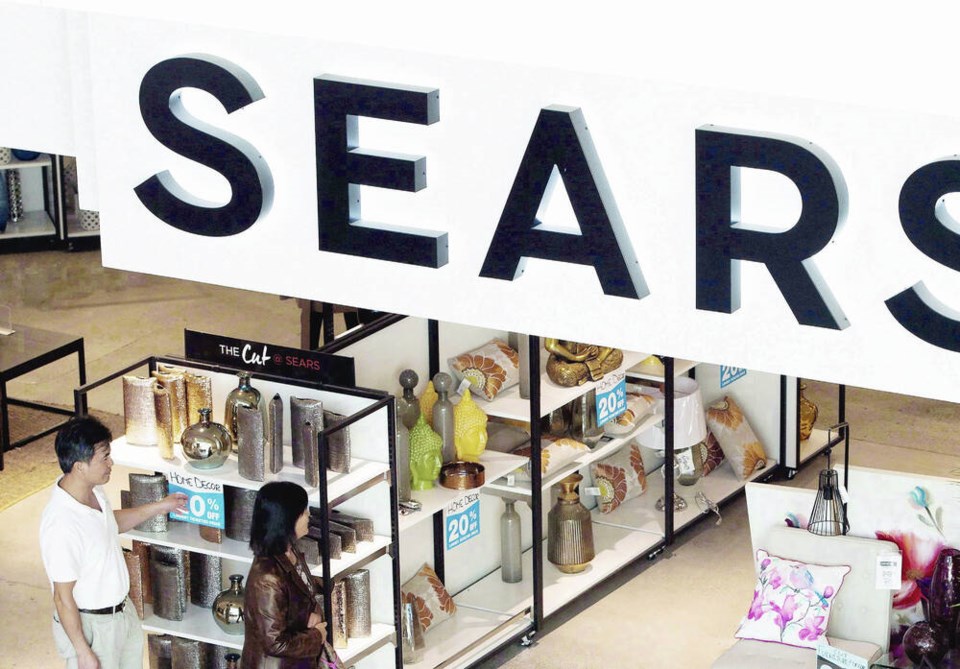Charles Darwin is reputed to have said that: “It is not the strongest of the species that survives, nor the most intelligent that survives. It is the one that is most adaptable to change.”
There are numerous examples of successful organizations that, as victims of their own success, were too slow to adapt to changes in their environment and were left in the dust of changes demanded by the 21st century.
Blockbuster, for example, was unable to adapt to changes necessitated by the rise of Netflix and on-demand streaming. Blockbuster’s business model needed to change but it didn’t. That would prove to be its downfall.
There were 80 million Blackberry users in the world in the mid to late-2000’s; the primary mode of business and personal communication was carried out on Blackberry Messenger. Blackberry ignored touch-screen technology, and Apple began to dominate the mobile market by promoting Bring Your Own Device (BYOD) standards and guidelines. Blackberry’s failure to innovate meant a significant drop in market share by early 2016.
In January 2022, Blackberry Limited confirmed that all operating systems, software and services of Blackberry phones were being decommissioned.
Founded in 1888, Kodak was the market leader in photographic film throughout the 20th century.
But Kodak was too tentative about innovation. In 1975, Kodak engineers developed the first digital camera but dropped the product due to fear it would take over their photographic film market dominance.
Kodak filed for bankruptcy in 2012, later to re-emerge in 2013, much smaller and focusing on commercial clients.
Who did not have a Sears catalogue available in at least one room in the family home? But as competition from Wal-Mart, Target and Amazon rose, Sears did nothing to adapt.
The final Sears Canada stores shut on Jan. 14, 2018.
Xerox launched the Xerox 914 photocopier in 1958 and revolutionized document printing, earning $60 million in revenue in just three years and growing to over $500 million by 1965.
Xerox’s problem was that its own directors shunned the inventions of their engineers. The same concepts were then adopted by Apple and Microsoft, leaving Xerox behind.
In January 2018, Xerox announced that it was being acquired by Fujifilm.
The moral of these stories is that in 2024 it will be a challenge for any organization, especially one so deeply rooted in its own history and design as public education, to keep pace with the rate of change expected in today’s ever-changing world if it is to survive in anything like its present form.
Public education’s ability to adapt quickly to prepare students for 2024’s swiftly changing workplace expectations could be hindered by Canadian K-12 public education’s history of success in terms of student achievement.
The system’s struggle to adapt to new expectations might be a result of an “if it ain’t broke why fix it” philosophy and again, like the aforementioned large business organizations that resisted change, be a victim of its own achievements.
The Conference Board of Canada is Canada’s leading not-for-profit think tank and has some suggestions about new directions in public education.
The board is best known to progressive educators at all levels who are working to move the system forward beyond a strictly knowledge based curriculum by including its recommended 2000+ list of essential post-secondary career “soft skills” as part of public education’s program.
These “soft skills” include a graduate’s ability to:
— communicate
— manage information
— use numbers
— think and solve problems
— learn continuously
— participate in group projects and tasks
In other words, the conference board recommends that public education move beyond but not abandon its traditional emphasis on curricular knowledge while at the same time adopting new ways of teaching students how to practise the personal skills and attitudes their future will require of them.
And if 2024 is going to require adaptability to change from students, it will mandate that and much more from educational organizations.
As one example, the trend toward micro-credentialling will allow individuals to acquire specific skills without investing in full-length courses. Current micro-credentialling offerings and pathways at British Columbia’s public post-secondary institutions could be expanded to senior secondary grades.
The increasing awareness of the need to revise and enhance diversity, equity and inclusion strategies in teaching and learning has become more pronounced, especially in response to societal and political shifts.
AI tools will increasingly become part of our learning experiences and are promising to be significant transformers of the educational landscape.
As George Bernard Shaw advised: “The reasonable man adapts himself to the world; the unreasonable one persists in trying to adapt the world to himself.”
Geoff Johnson is a former Superintendent of Schools.
>>> To comment on this article, write a letter to the editor: [email protected]




